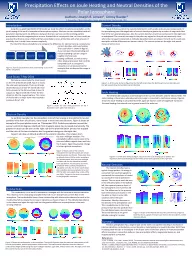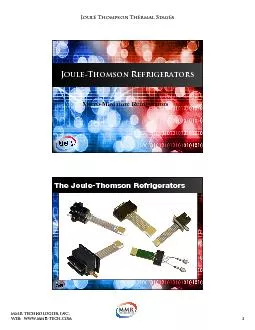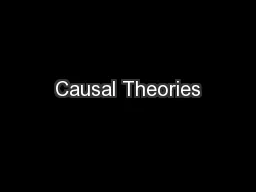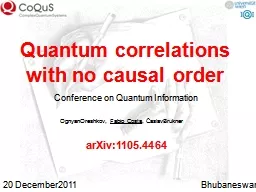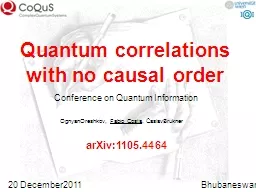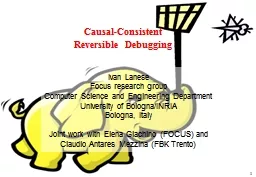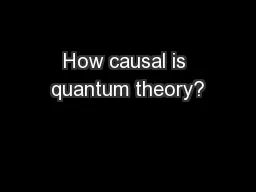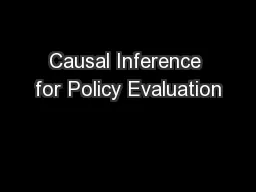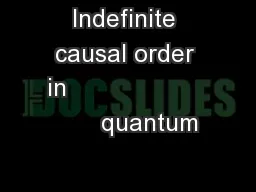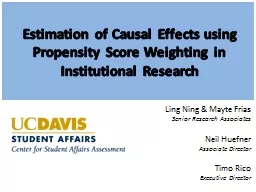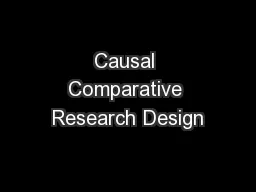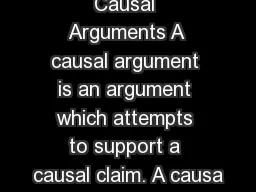PPT-Figure 1: show a causal chain for how Joule heating occurs
Author : faustina-dinatale | Published Date : 2016-05-18
Figure 5 Is of the same format as figure four but the left panels show the NorthSouth current densities and the right panels show the EastWest current densities
Presentation Embed Code
Download Presentation
Download Presentation The PPT/PDF document "Figure 1: show a causal chain for how Jo..." is the property of its rightful owner. Permission is granted to download and print the materials on this website for personal, non-commercial use only, and to display it on your personal computer provided you do not modify the materials and that you retain all copyright notices contained in the materials. By downloading content from our website, you accept the terms of this agreement.
Figure 1: show a causal chain for how Joule heating occurs: Transcript
Download Rules Of Document
"Figure 1: show a causal chain for how Joule heating occurs"The content belongs to its owner. You may download and print it for personal use, without modification, and keep all copyright notices. By downloading, you agree to these terms.
Related Documents

